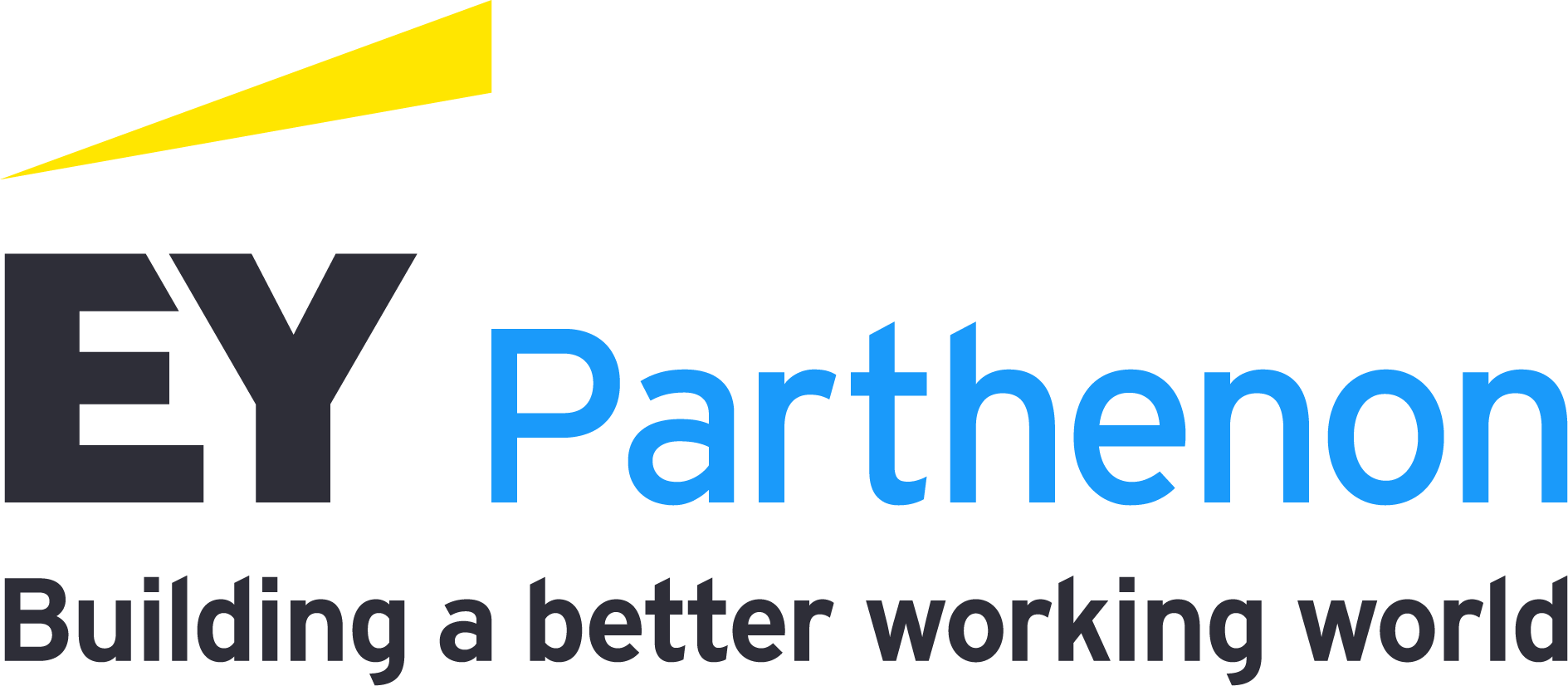In a digitally interconnected world, effectively leveraging partnerships with FinTechs and other third parties to meet the needs of customers and shift non-core capabilities outside the bank has become a strategic imperative.
Banks come to ecosystems with some powerful built-in advantages, including strong customer relationships and trusted brands. When those strengths are combined with third party supplied artificial intelligence (AI) and cloud-based solutions, banks, their customers and other stakeholders can all benefit. The challenge is determining the most effective ways to leverage these collaborative attributes.
In one common approach, the bank sits at the center of its own disaggregated financial marketplace, meeting customer needs and controlling costs with AI-enabled products, digital services, new back-office technologies and redesigned channels that can be complementary to its core offerings and often are created and managed by its third party partners. In another approach, banks participate in ecosystems run by another institution: witness the growing number of institutions providing point-of-sale financing to customers in retailer ecosystems.
Ecosystem-based strategies represent a significant change in how banks meet the demands of various stakeholders and create value. Banks can assess their own value chains to determine where partnering makes more sense rather than building or buying, and can then prioritize the solutions that provide the greatest potential returns.
How banks are benefiting from ecosystems today
Already, ecosystem strategies are making banks more relevant to customers, helping them to forge deeper relationships and capture larger wallet shares by providing the speed, scale and differentiated products to compete in a digital world. They also are making banks more efficient by allowing them to tap into innovative capabilities that are too costly to develop or run on their own. Notable examples include:
Enhancing digital products and reach
Working with technology partners can expand a bank’s digital distribution, improve product quality and lower customer acquisition costs.
Citibank is among at least eight banks that have partnered with Google to offer digital checking and savings accounts to Google Pay users. The relationship, slated to begin in 2021, allows Citibank and others to deliver branded products and advice via Google’s platform, expanding their reach with digital-only customers.
Outsourcing product capabilities
Banks may not need to develop and support best-in-breed digital solutions and products when third parties have the technology and scale to do it better.
M&T Bank has partnered with LPL Financial, a investment advisor and independent broker-dealer, to provide its brokerage and insurance advisors with access to LPL’s scalable platform, integrated workflows and differentiated product offerings. The arrangement allows M&T advisors to focus on client relationships while the bank improves efficiency and redirects investments to core operations.
Enabling access to banking services in other ecosystems
Customers increasingly expect frictionless access to bank-held data, as well as banking products and services, when they transact in other ecosystems. Providing partners with secure access to their systems can allow banks to bridge those ecosystem gaps and stay relevant to customers.
Intuit’s QuickBooks employs a secure API that allows it to access permissioned account information and banking capabilities. The technology makes it easier for bank customers to manage their financial lives in an integrated fashion, enhancing the value of the relationship.
Outsourcing critical processes
FinTechs often boast digital processes and capabilities that can help banks provide positive, seamless and efficient client experiences while eliminating the need for costly updates.
PNC Financial leverages OnDeck Capital’s digital onboarding process and use of external data sources to accelerate and simplify its small business lending process. The partnership reduces loan approval times from days to minutes while allowing PNC to maintain control over its risk appetite.
Focusing on core capabilities
Shifting management of non-core products and capabilities to a partner can allow banks to retain and strengthen customer relationships while focusing resources on core strategic priorities.
State Farm recently sold its banking, mortgage and credit card businesses to focus on its core insurance business. But agents continue to offer bank products to customers through partnerships with those buyers, making State Farm a customer destination for meeting financial needs.




